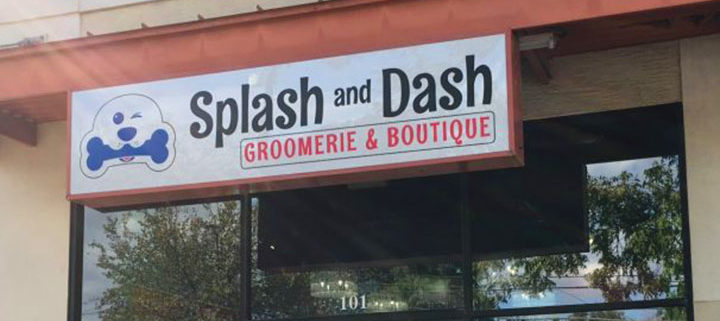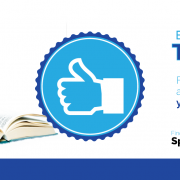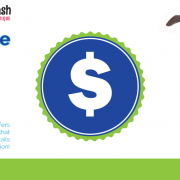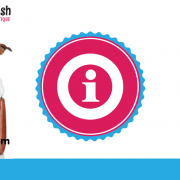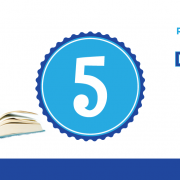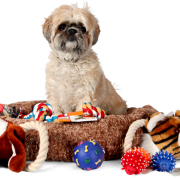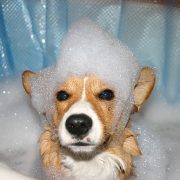What is a Franchise Model and Which One Does SD Use?
Basics of the Franchise Model; Breaking Down the Definition
Once called the greatest business model ever developed, the franchise model has been around since the medieval ages. Middle age governments granted high church officials a license to maintain order and assess taxes—the feudal equivalent of a franchise. These franchisees held the right to hold and organize markets and other business-related activities. They even paid a royalty to the lords in exchange for a monopolized commercial venture. This primitive version of the franchise model has been upgraded over the years. Now resembling household names like Starbucks, The UPS Store, and Splash and Dash Groomerie & Boutique.
The definition of a franchise model is when a party develops a product or service (franchisor) and grants another party (franchisee) the rights to carry out this product or service, with a trademark or brand, according to an identified system, within a territory or unit location, for agreed upon terms. A franchise has a proven track record of success and a relatively easy pathway to become a franchise business owner.
Franchise business will have a 3.1 percent growth in job output, according to the Franchise Business Outlook: 2016. By the end of 2017, 9.1 million individuals will be employed by a franchise owner. The franchise sector will also account for $994 billion dollars in revenue growth. With 795,932 establishments operating under a franchise model in the U.S., it can be overwhelming for prospective investors. Franchise sectors fall across over 300 business formats with the most popular franchise being the automotive, business services, and the pet industry.
Franchise Model Vs. Other Businesses
A franchise business provides a detailed framework of how potential owners operate. Almost like a business ‘blueprint.’ The franchisee signs a franchise disclosure document which outlines very specific rules that must be followed. A franchise fee and ongoing royalty fee is paid. In return, franchise units receive marketing materials, established brand, training & support, and proprietary software and technology.
- A non-franchise business opportunity is similar. In this case, a business ‘blueprint’ is provided but is not as technical and detailed as a franchise agreement. A smaller contract is signed that outlines certain provisions like inventory and sales methods. There is also less regulation with this model. A mall-kiosk is a good example of this business format. Varying business opportunities have different ways of handling fees but many require investors to pay an initial fee, without any ongoing royalty fees.
- Independent business is a business schematic which is completely built by an entrepreneur. The concept, business model, operational systems, inventory, services, and every other tedium involved in owning a small business is developed by a single party. Solo businesses are not responsible for any fees aside from their own operational costs.
- The term franchise model helps provides context but not every franchise fits into a universal description. Every franchise has a different franchise agreement and diverging methods of business, making them difficult to categorize. The best way to understand franchising is to examine how franchisors allow their franchisees to use their trademarks and brand to distribute products and services.
Types of Franchise Models
Business Format Franchises
This franchise model is the most typical format, accounting for 80% of the franchise sector. With this model, a franchisor sells the rights to the brand & trademark and business systems & processes to the franchisee. The franchisee develops this package to provide services and products to customers. Franchises are typically proven in the marketplace as a business prior to franchisors selling the franchise rights.
Single-Unit Franchise Model
A single-unit franchise model system is when one person buys a brick-and-mortar location from a central company. The franchise owner operates the store on the terms of the company’s rules. Owning one store at a time is a good decision for first-time small business owners. Once a store has been proven successful, then an owner can expand and open another location.
Area Developer
An area developer franchise model allows entrepreneurs to develop a package of locations in a domestic area. Panera Bread uses this model. The franchisee agrees to open an agreed number of businesses within a specific amount of time. The area developer is regulated by stipulations of the parent company. A typical contract mandates a franchisee to develop an area within five years.
Master Franchise
When a franchise model expands abroad, spreading into international territories, a master franchise model is used to proliferate the business. This method allows a system to discover franchisees interested in opening overseas locations. The master franchisor handles training and support of newly established areas. Master franchisers often establish a training center and headquarters to expedite the expansion process.
Product Franchises
A product franchise model revolves around manufacturers controlling the retail stores that distribute their products. This form of contract—licensing—allows stores owners to use a trade name or trademark. Store owners pay a fee to the manufacturer for the rights to use the trademark for signage and advertising. For example, a computer store that sells Apple products has bought a license to sell these products.
Manufacturing Franchise
In this franchise model, a franchisor allows a manufacturer to produce and sell products using its name and trademark. One of the biggest examples is the franchising agreements that Coca-Cola Company makes.
What Model does Splash and Dash Use?
Splash and Dash Groomerie & Boutique has a unique business model. The pet franchise operates as a duo of grooming salon services with retail capabilities. This provides revenue from both services and products. Additionally, the business model takes advantage of the membership program offered. The membership allows franchise owners to collect from a recurring revenue stream. Armed with cutting-edge proprietary software, helpful support & training, and corporate marketing campaigns, owners of Splash and Dash locations are set up for success.
The company’s uniqueness also comes in the form of passion. Passionate entrepreneurs who love animals are drawn to the franchise model. The company seeks out individuals who want to work alongside animals and have a knack for business. The combination makes for a successful franchise model that is expanding quickly!
“I always wanted to own a business in a franchise environment in which the store portrays an upmarket image backed up by solid support from the corporate office guiding me to achieve business success. Splash and Dash provides the creativity and motivation for my business to grow and prosper.”
–Steve D, Franchise Owner
To learn more about the amazing happenings at Splash and Dash Groomerie & Boutique, click here!
Follow Splash and Dash Groomerie & Boutique:
- Website: http://splashanddashfordogs.com/
- Website: https://splashanddashfranchise.com/
- Facebook: https://www.facebook.com/splashanddashfordogs/
- Instagram: @splashanddashfordogs
- LinkedIn: https://www.linkedin.com/in/dan-j-barton-622ab517
- Twitter: splashanddash4dog

